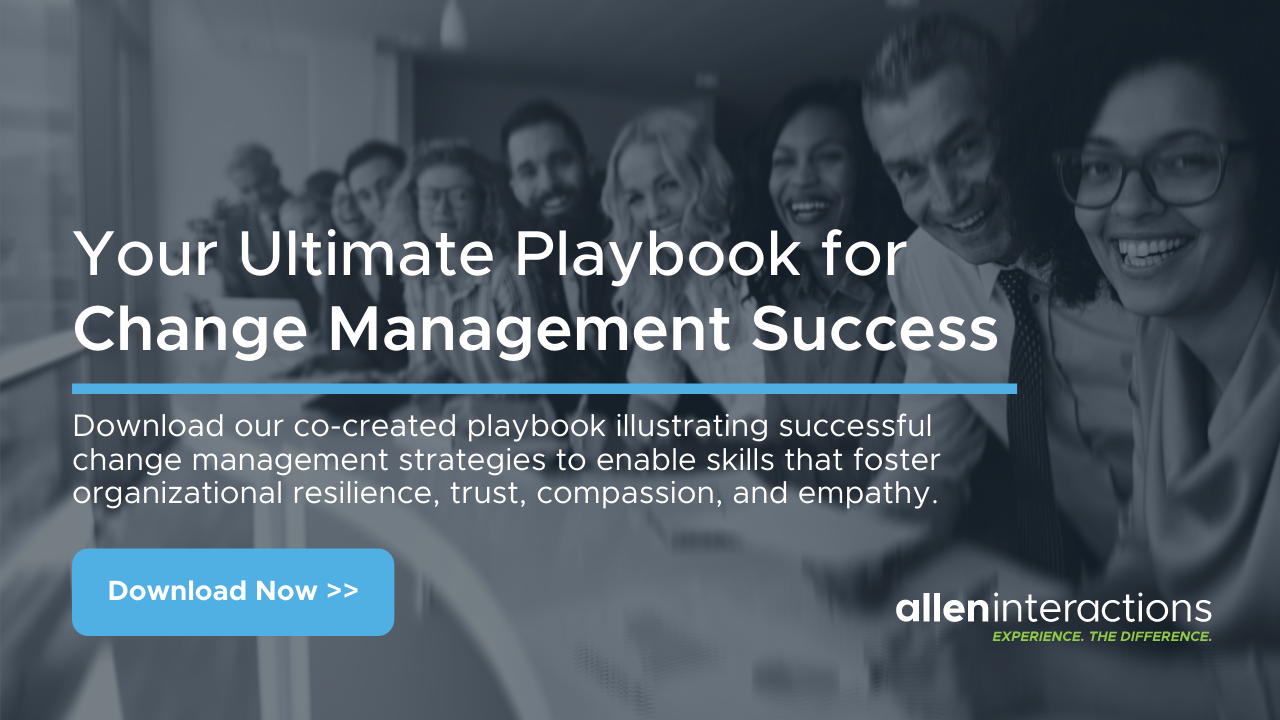Today’s pandemic, covid-19 environment with uncertainty and instability abound, creating, collecting, and sharing organizational knowledge can be a struggle. Organizational learning requires continuous reflection and a willingness to be flexible and agile. Learning organizations have powerful cultures resilient to internal and external chaotic environments. These organizations can adapt more quickly and effectively than others.
Ensuring that organizational learning happens is the responsibility of leadership. An effective method to collect new organizational knowledge and insights is an After-Action Review (AAR). This easy process can be conducted in less than one hour, as a synchronous live event or with an asynchronous survey. The method consists of five simple questions which provide teams the opportunity to own the quality of their outcomes and empower them to continuously do better.
- What is working well?
- What is working not so well?
- What might we stop doing?
- What might we start doing?
- What might we continue doing?
AAR is an excellent employee engagement activity. The data driven decisions made during an AAR transform teams into self-directed teams.
The Strength of AARs During COVID-19
The below matrix is a modification of an original published in a 2005 Harvard Business Review article “5 ways to put AARs to work at Work”

AAR and Change Management
Leaders would benefit from taking a broader view of the AAR process in relation to the Deming Cycle. Better known as the Plan-Do-Check-Act cycle (PDCA), it is a foundational element to continuous improvement initiatives and strategies. PDCA can be effectively applied to change management as it is to solving problems. Though not a substitute for PDCA, AAR can heighten the effectiveness of PDCA approach with executed together.
Minimize the AAR Risks
- Risk: Your AAR turns into a pro forma project closing meeting.
- Minimize risk by applying transparency to this leadership and team interaction. Share AAR output including next steps with all team members, stakeholders, and executives.
- Risk: Disengagement of team members during AAR.
- Minimize risk by appreciating the impact of psychological safety or lack thereof within your organizational culture. Adjust your AAR data collection methodology accordingly. As you build trust into the process, consider asynchronous surveys or interviews, then synthesize the data into a shared report. Debrief with the team.
- Risk: Issues repeat themselves, examples including not limited to failed safety measures, financial loss, missed key process indicators (KPIs) or ineffective initiatives.
- Minimize risk through explicit leadership accountability to ensure the necessary changes are implemented.
Optimize the AAR Experience
- Optimize: Execute AARs immediately closest to the desired milestone: the end of a specific or final project phase when team member memories are fresh.
- Optimize: Set the expectation that all invitees participate. All voices are valued.
- Optimize: Adopt a standard AAR process, meeting, and report template. Embed the standard within the meeting invites, begin projects, programs, or initiatives with the end in mind (Before Action Review, BAR).
Summary
The positive psychology of After-Action Reviews (AAR) reaches beyond the celebration of the “What went well?” and “What may we continue to do?” questions. It lies in the safety and empowerment of the “What did not go well?” and “What may we stop doing?” questions. These latter questions require trust and compassion exercised by all involved parties. The question “What may we start doing?” links explicitly to future actions. It fosters a culture of accountability where leaders and teammates hold everyone accountable for learning and growing. Celebrating the success of failure may seem counter intuitive, it is not, it is the brave swagger of learning organizations.
Download Your Ultimate Playbook for Change Management Success Today!
Click here to learn more > or call 800.799.6280 for more information.
-1.png?width=75&height=75&name=Copy%20of%20It%20is%20not%20the%20strongest%20of%20the%20species%20that%20survive%2c%20nor%20the%20most%20intelligent%2c%20but%20the%20one%20most%20responsive%20to%20change%E2%80%99%20(11)-1.png)






Comment